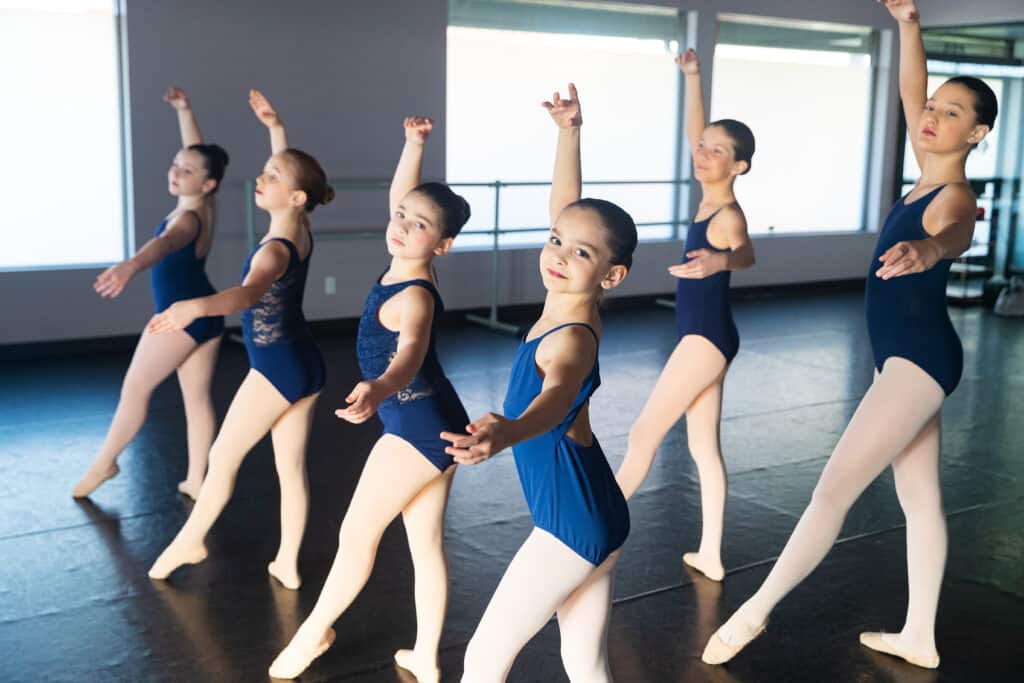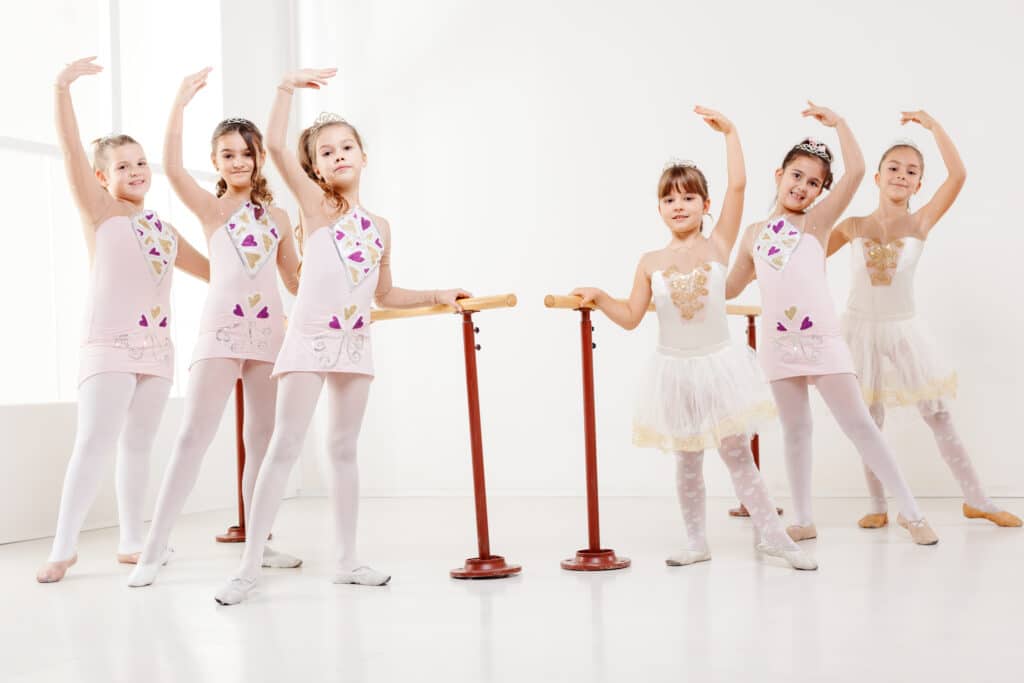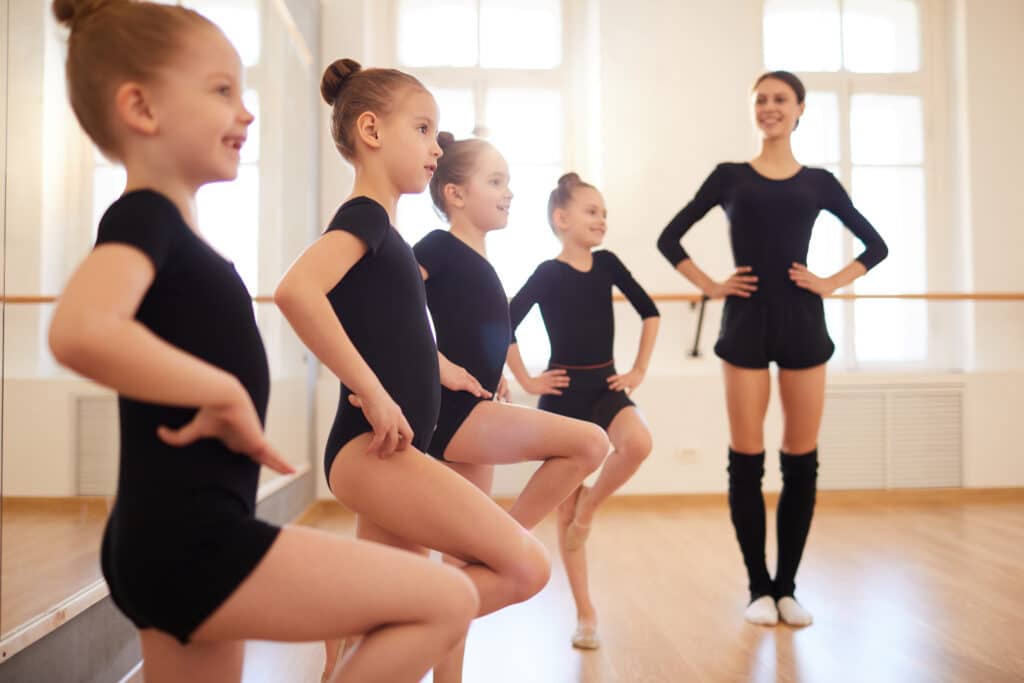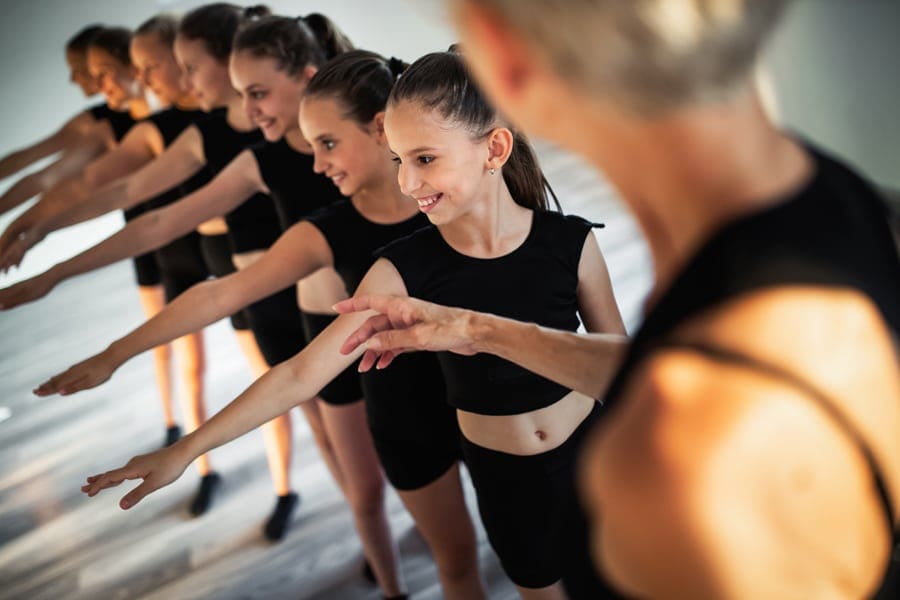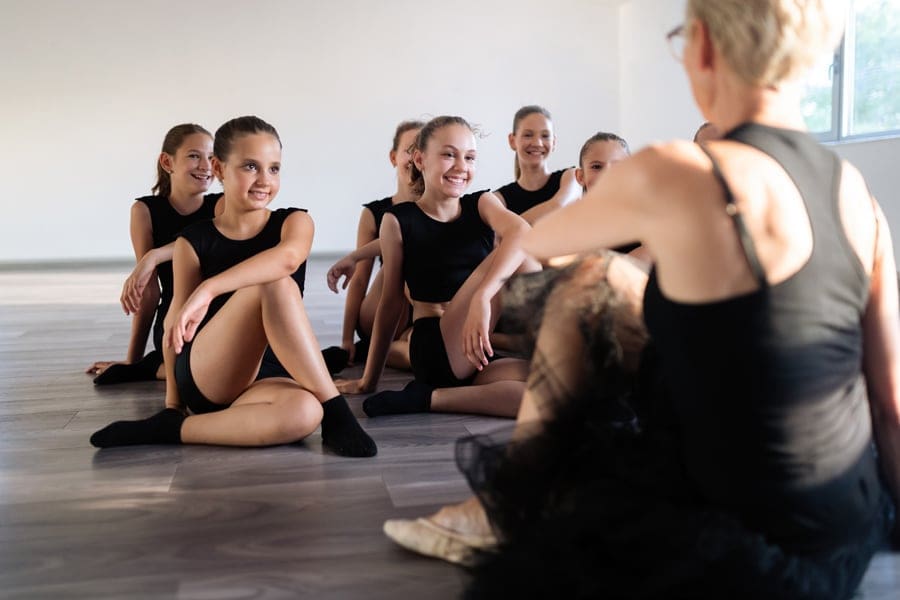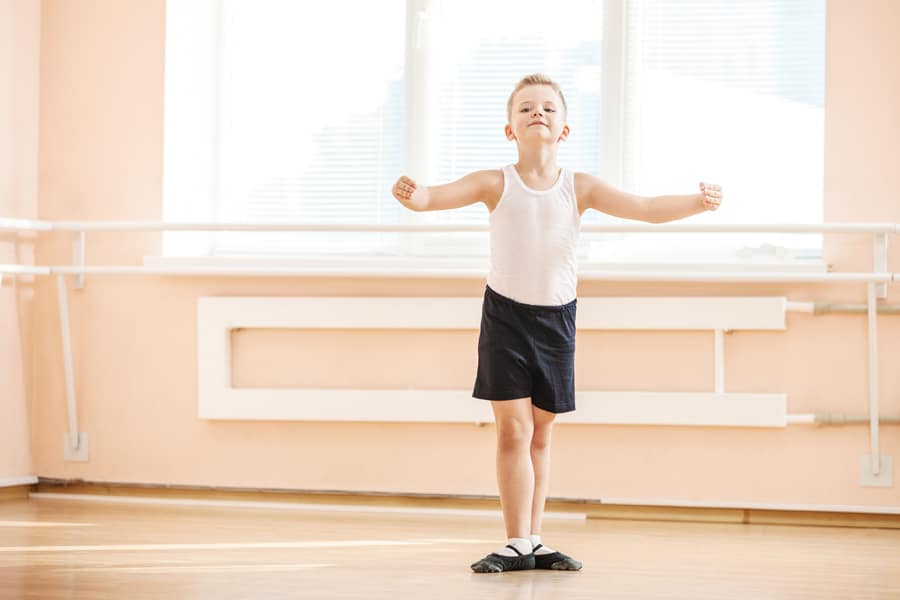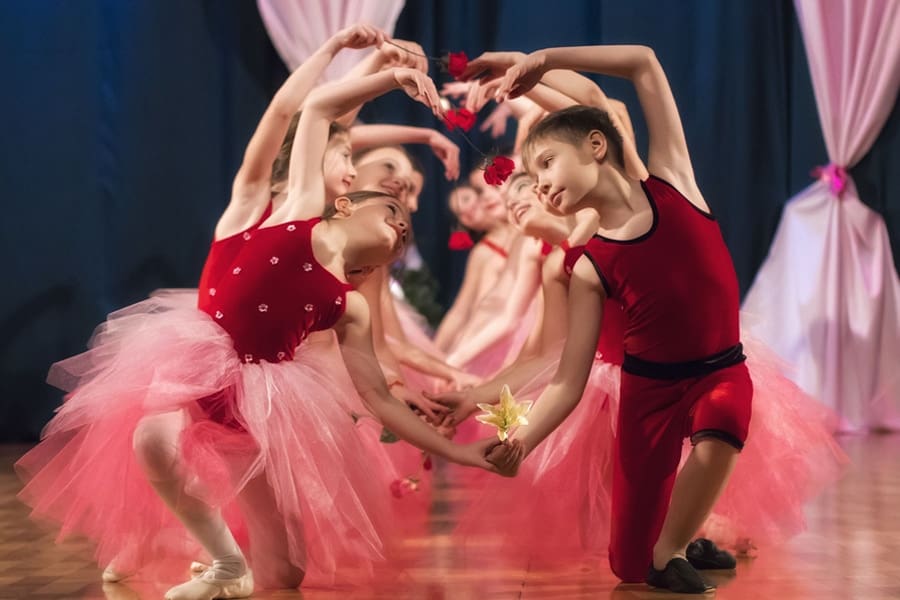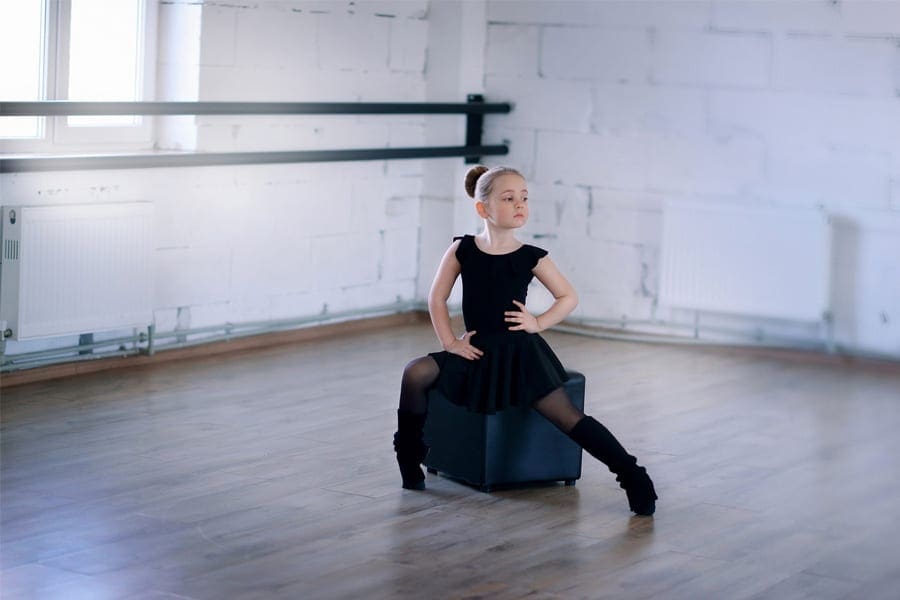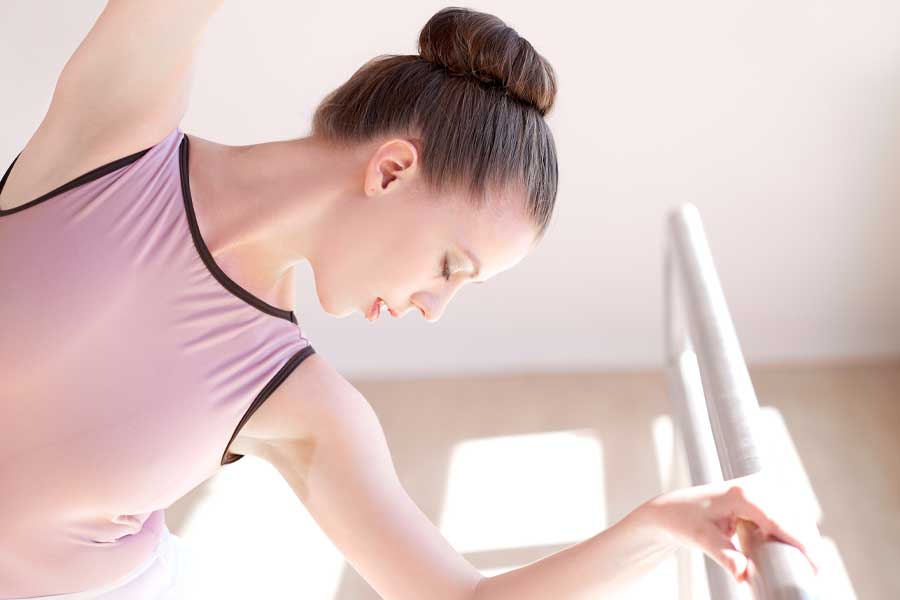Introduction
Dancing is not just a hobby; for many, it’s a passion, a way of life, and even a competitive sport. Competitive dancers devote countless hours to perfecting their craft, pushing their physical and mental limits to achieve excellence on the dance floor. However, juggling the rigorous demands of school and the intense commitment required for competitive dancing can be a challenging yet rewarding journey. In this blog, we’ll explore the art of balancing school activities with a competitive dance career and highlight the key aspects of commitment that make it all possible.
Time Management
One of the most crucial skills a competitive dancer must master is effective time management. Balancing schoolwork, dance practice, and other extracurricular activities requires meticulous planning. Creating a detailed schedule that allocates time for academics, dance training, rest, and personal life is essential. Prioritizing tasks and adhering to the schedule helps dancers stay on top of their responsibilities without feeling overwhelmed.
Setting Realistic Goals
Balancing school and dance commitments becomes more manageable when dancers set realistic goals. Understand your limits and work within them. Setting achievable goals allows you to make steady progress in both areas without overextending yourself. Whether it’s improving your dance technique or maintaining good grades, breaking your goals into smaller, manageable tasks will help you stay motivated and focused.
Support System
A strong support system is vital for maintaining commitment to both school and dance. Family, friends, teachers, and dance instructors can provide valuable encouragement, guidance, and assistance. Communicate with them about your schedule and any challenges you may face, as they can offer valuable insights and help you stay accountable.
Effective Study Habits
To excel in school while pursuing a competitive dance career, it’s essential to develop effective study habits. Find a quiet and dedicated space for studying, eliminate distractions, and create a study schedule that aligns with your dance commitments. Seek help from teachers or tutors if needed, and never hesitate to ask questions when you don’t understand a concept.
Adaptability
Flexibility is a crucial skill when balancing school and dance. Recognize that there may be periods when one commitment takes precedence over the other, such as during exam weeks or leading up to important dance competitions. Being adaptable and willing to adjust your schedule accordingly allows you to maintain your commitment to both pursuits without unnecessary stress.
Self-Care
Amidst the hustle and bustle of school and dance, it’s easy to forget self-care. Prioritize your physical and mental well-being by getting enough sleep, eating healthily, and finding time to relax. Burnout can hinder your performance in both areas, so make self-care a non-negotiable part of your routine.
Time for Passion and Rest
Competitive dancers often live and breathe their art. However, it’s essential to find a balance between pursuing your passion and allowing yourself time to rest and recharge. Overtraining can lead to injuries and fatigue, which can negatively impact both your dancing and your schoolwork.
Conclusion
Balancing school activities with a competitive dance career is a challenging yet incredibly rewarding endeavor. Commitment, time management, setting realistic goals, having a strong support system, effective study habits, adaptability, and self-care are the key factors that enable dancers to excel in both areas. Remember that it’s okay to seek help and guidance when needed, and always prioritize your well-being. With dedication and the right strategies, you can successfully navigate the dance-school balancing act and thrive in both pursuits.
